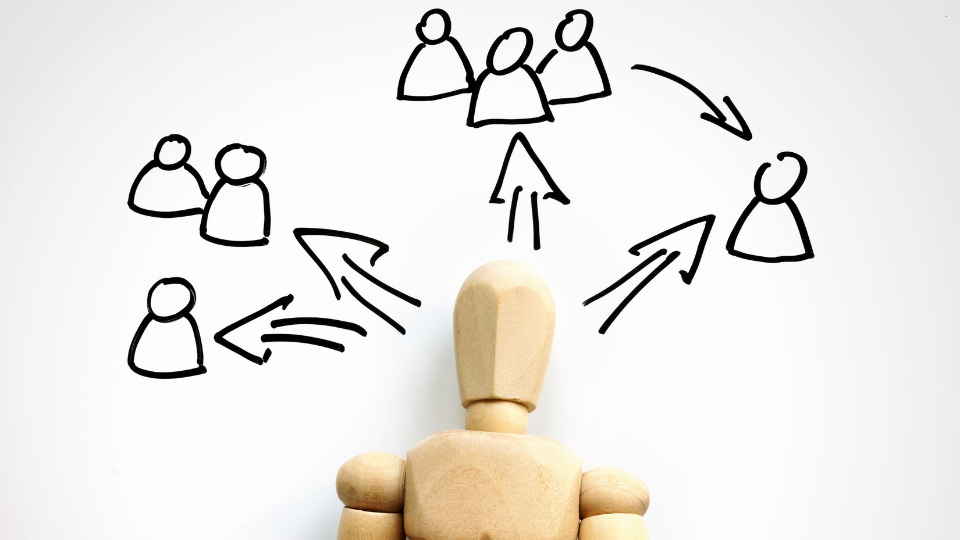Although the pandemic seems to be over, employee burnout stays. According to new research done by Microsoft in 11 countries, nearly 50% of employees and 53% of managers reported experiencing burnout at work.
Looking at generations, according to a McKinsey study, 25% of Gen Zs, 13% of Millennials, 13% of Gen Xs, and 8% of Baby Boomers reported feeling emotionally distressed with low levels of well-being.
Employee burnout also negatively impacts organizations. When people experience burnout, they are more likely to feel depressed (36%), less engaged (30%), make more errors (27%), communicate poorly (25%), and are more likely to quit (25%).
When all that burnout information can scare us, is it possible to find solutions to proactively respond to them? Can we enhance the well-being of ourselves and our people?
Employee Burnout Warning Signs
How can we find out if people are burned out? As cited in HelpGuide.org, even the feeling that people can no longer do their jobs effectively can also indicate burnout. The signs of employee burnout can be spotted when people are no longer in control of performing a job.
Burnout may occur when:
- Every day feels like a bad day.
- We always need more time.
- We find our duties burdensome.
- We don’t think anything we do makes a difference.
We feel like we’re okay at first. But if we are unaware, we can have physical problems like:
- Feeling constantly tired.
- Reduced immunity and frequent health problems.
- Recurring headaches or muscle soreness.
- Changes in appetite and sleep habits.
Burnout also takes the form of emotional signs, such as:
- Feeling so alone.
- Lack of motivation.
- Feeling unsuccessful and doubtful.
- Reduced satisfaction & sense of accomplishment.
Burnout can also affect how we behave, such as:
- Take no responsibility.
- Isolation from other people.
- Procrastinating or taking more time to do things.
- Use food, drugs, or alcohol as a coping tool.
- Skip work, be late to the office, and leave the office early.
Burnout Is More than Just a Personal Matter
Organizational psychologist Constance Noonan Hadley believes workplace culture could contribute to lowering health for workers. Moreover, the article “Burnout Is About Your Workplace, Not Your People” in the Harvard Business Review also emphasizes this hypothesis.
Burnout is often referred to as an individual issue. Troubleshooting like meditation, “learn to say no,” doing yoga, or practicing resilience are seen as a solution. However, there is evidence that more than personal solutions are needed.
As we see this problem as a workplace phenomenon, we must see things holistically to find a solution. Here’s how to prevent employee burnout from within our workplace.
1. Listen to their work-related concerns.
Most managers can be good listeners. However, too few managers prioritize frequent employee checks and ongoing conversations. An Interact survey indicates that 69% of managers are often uncomfortable communicating with employees. Worse, data also shows that 75% of businesses struggle to face overburdened employees.
In fact, employees whose managers are still willing to listen to workplace issues are 62% less likely to be exhausted, Gallup said. Now let’s think of our people as individuals, celebrate their achievements, have performance conversations, and conduct formal reviews to respect them.
2. Build a meaningful connection with them.
People are thirsty for relationships and need them now, especially at work. The Deloitte study found 24% of people are still alone. Further, a BetterUp poll shows that 22% don’t even have a single friend at work. Forbes also found that 69% of people are dissatisfied with the number of social connections they have in the workplace.
Employees are much less likely to be worn out when in close contact with others. According to the Connected Culture report, 71% of employees who reported being more productive feel connected to their peers.
So let’s start by giving them various positive experiences. It may involve developing collaborative work activities to help them learn, rejuvenate and socialize with others.
3. Provide support as needed.
Organizations can also reduce burnout by ensuring that policies, practices, processes, and places support people. The Asana study found that 22% felt they had so much work to do, and 13% reported struggling with unclear deadlines and vague processes. In the Deloitte/Workplace Intelligence study, 30% of people also said they had a great deal of work.
Let’s be wise by distributing the work of our team equitably, helping them do things effectively, and constructively solving everyday problems. It is also essential to ensure that their salaries, benefits, and policies are well-backed.
As we know, burnout is a complex issue that extends beyond employees. Companies are responsible for creating a healthy work environment that can keep their people away from experiencing employee burnout.







